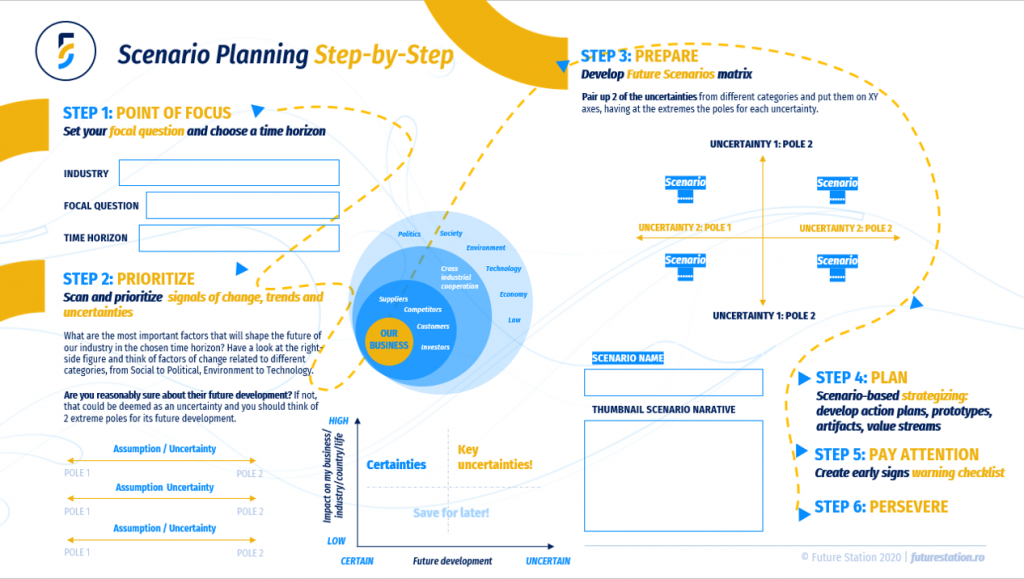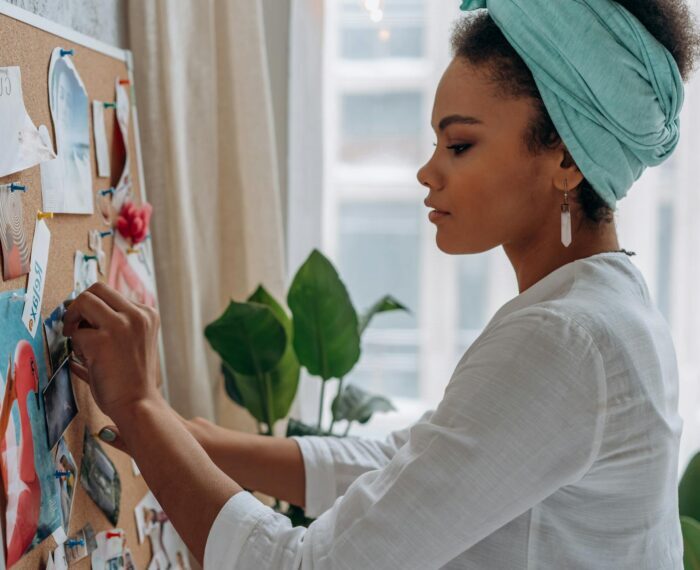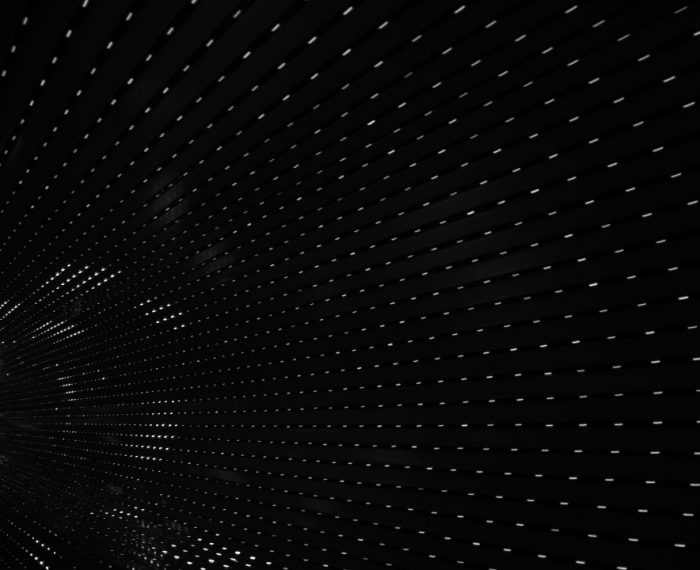How would the future of work(place) look like in the social distancing economy?
I started looking into the future of work(place) and office rental business, what are key trends and critical uncertainties and what could be some of the relevant future scenarios to plan for.
Is remote culture going to become the norm? Our work-life blend will dramatically change? Will we be more willing to give up even more of our privacy and share some of our personal data for better health and safety? What is the future of shared spaces and social clubs – will COVID-19 doom coworking?? Will we advertise for Virtual Team Managers positions? Every onboarding training will include a kit for WFH? How about trainings, team-building or wellbeing program – what will they consist in now? We were talking already about the shift from human resources capabilities to community building capabilities – how will that work in a 2 meters distancing world?
I have listed below part of the signals of change and innovations that tap or emerge in some of these scenarios:
Workplace setting
- Mitsubishi together with real estate partners developed a concept for portable office cubes (~1.2sqm) aimed at being piloted at Tokyo train stations. The soundproofed Telecube, unlocked by QR code, must be reserved ahead of time and costs ~2eur for 15 minutes. Corporate subscriptions are also available.
- US company Knotel offers modular office furniture on a subscription basis. Their Geometry offer includes panels in a variety of finishes that can be reconfigured to provide different room divisions; booths to enable private phone conversations; and convertible desks and seating.
- Codi, home-based coworking is a San Francisco-based platform that connects local workers seeking to reduce their commute with living spaces that are mostly unused during the day. Trough Codi, house residents can offer their place as co-working space.
- US based 3DEN offers pay-as-you go office facilities, but also nap pods, phone booths and showers.
- Cushman & Wakefield is testing a new design concept called “Six Feet Office”(see video) in which it visually displays unique foot traffic routing in the office to keep people the recommended six feet apart.
- We see certain Plan P (Pandemic) request from big companies for “ghost offices” within buildings located in suburbs. These are secure locations kept quietly on standby to be used in case of special events, like natural disasters and pandemics.
- And more big employers are talking about permanent work-from-home positions.
Workplace Technology:
- By leveraging Mozzila hubs technology, Dutch creative agency ACHTUNG! Amsterdam! created a virtual reality version of their office and invited all their employees to a drinks party. All of the company’s 70 employees were invited to use the free VR room, create their own avatars and join a company-wide drinks party.
- Sound Bored is a free mobile app that comes loaded with the office sounds people are no longer hearing, as they work from home and practice social distancing. Office background noises include: coffee brewing, someone eating chips nearby, yelling, sighing, crumpling paper, typing.
- Danish company MeetinVR is among the promoter of the value of connecting virtual and physical spaces for optimizing office space.
- Analytics company Spica helps financial organisations and other businesses to design and create smart workspaces through monitoring employees and analysing behavioural data. Using this data, organisations are able to understand how employees move around the office and how they work. Companies provide adequate office spaces which empower their employees to effortlessly interact with their office environment.
- Founded in 2018, Zensors is a US computer vision start-up that his built a suite of tools for use in airports, offices and retail environments. Zensors can count open and occupied seats, detect rubbish that needs to be disposed of, and estimate the waiting time in queues.
- Virtual events and networking platforms: Hopin, Brella
- Halo is a wrist-worn band that briefly vibrates to notify wearers that another band is within 6 feet (2 meters), reminding them of the need to maintain social distance. It is deployed to all personnel at a job site or workplace to help ensure a safe physical distance is maintained.
- Whispr, a Denmark-based start-up founded by Irishman Hugh O’Flanagan along with Keith Saft, has developed technology that can be used to train workers remotely. Founded in 2018, the company uses a voice guidance platform to help front-line workers carry out manual tasks more effectively and hands-free.
- Topaasia – Conversation tool, that helps teams to have effective and participatory conversations and workshops
- Howspace is an AI-powered platform that allows you to empower the whole business to collaborate on professional learning and organizational development initiatives.
- Emooter is an app that helps you and your team improve mental wellbeing at work.
Uncertainty is the only certainty nowadays.
I think we can all agree that the current crisis will shift behaviours, values, attitudes, we just do not know yet how all this could impact the future of work(place). Rather than waiting and predicting, building future preparedness through Scenario Planning could benefit organizations more. The process will never erase all uncertainty, and it does not predict the future.
Instead, when done well, the process brings to light many possible future developments and turning points, for which organisations ca prepare their strategic responses (planned actions) or tactical pivots (immediate responses). We have developed and work with this canvas when drafting future scenarios, message me if you would like to receive this template.

Scenarios help people live better with uncertainty. At its core, a scenario is a story, a view of how the future might unfold. And that triggers imagination and reflection by challenging current assumptions and known truths. Stay safe and spread this instead!

